Red Granite
Igneous
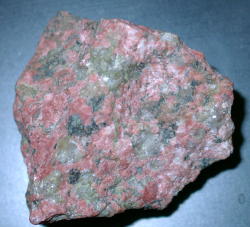
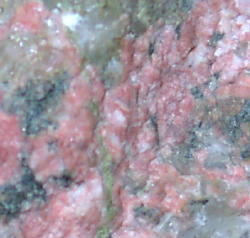

This is a Igneous Intrusive Rock. Note the visible mineral grains. You need to be able to identify both RED GRANITE and GRAY GRANITE.
Gray Granite
Igneous
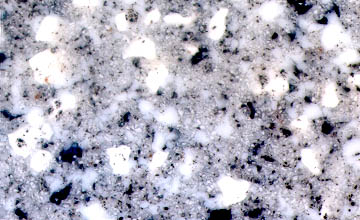
This is a Igneous Intrusive Rock. Note the visible mineral grains. You need to be able to identify both RED GRANITE and GRAY GRANITE.
Pumice
Igneous
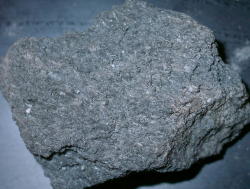
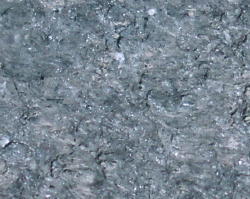

This is the one that FLOATS. Note the texture. It is very coarse. It is actually glass. This is an Igneous Extrusive Rock.
Scoria
Igneous
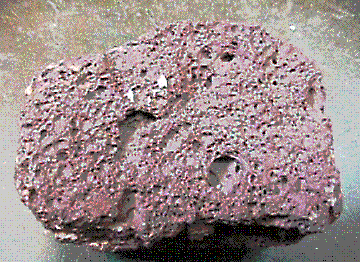
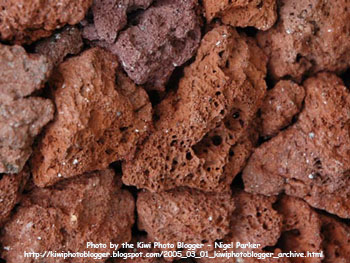
Identify this one by texture. It feels very course like pumice. Doesn't float. It is an Igneous Extrusive Rock.
Rhyolite
Igneous

Identify by alternating bands of orange, brown, white. This rock is Igneous Extrusive.
Basalt
Igneous
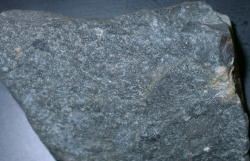
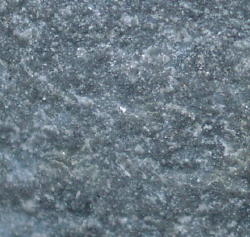
Basalt is the most common Igneous Extrusive Rock. Formed by Baslatic LAVA.
It looks like it's gray with tiny specks of white in it (appears like salt, but is not salt).
Obsidian
Igneous
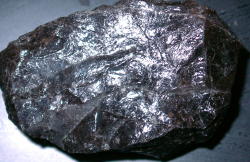

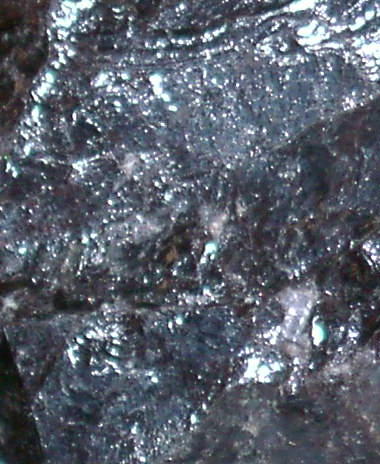
This rock is Igneous Extrusive. It cooled so fast it has no visible mineral grains and is considered glass.
Gray Slate
Metamorphic
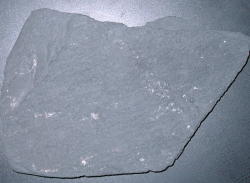

This metamorphic rock is foliated. You can see the foliation from the side. It can be broken into thin sheets.
Red Slate
Metamorphic
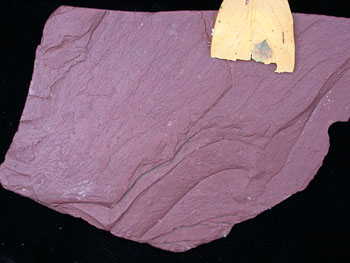
This metamorphic rock is foliated. You can see the foliation from the side. It can be broken into thin sheets.
Gneiss
Metamorphic
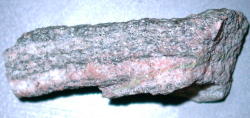
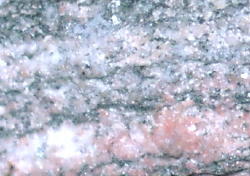

This rock is a foliated metamorphic rock. Note the banding that goes through the rock from one side to the other.
Pink Marble
Metamorphic
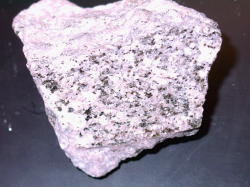
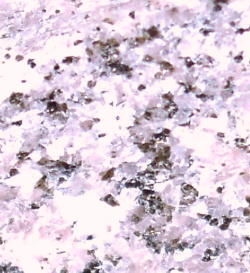
This rock is a non-foliated metamorphic rock. The samples in lab are unpolished. It may appear foliated, but it is not. May be called red or pink marble, depending on the color.
Gray Marble
Metamorphic
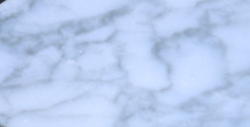
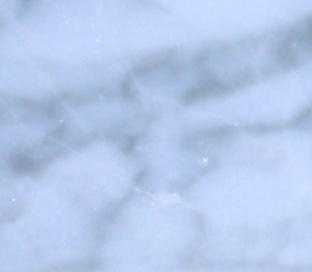
This rock is non-foliated metamorphic. It may appear foliated, but it is not truely foliated. Samples in lab are typically polished on one side.
Phyllite
Metamorphic

Note: from the side you can see sparkles.
Quartzite
Metamorphic

Note this is non-foliated. Samples in class are typically pink/rose color.
Sandstone
Sedimentary

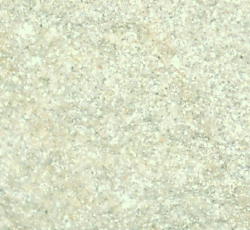

Sandstone is a sedimentary rock made from the sediments--sand. It comes in many different colors. Identify by composition and texture. Colors in class vary from yellow to red, to gray. You need to feel for the texture. It feels like sand paper.
Siltstone
Sedimentary
This is a sedimentary rock formed from silt. May feel powdery.
Conglomerate
Sedimentary
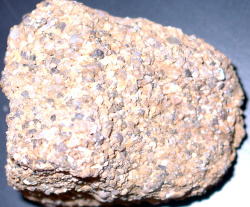
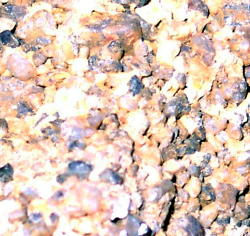
Identify conglomerate by the composition. It is a sedimentary rock made of gravel.
Red Shale
Sedimentary
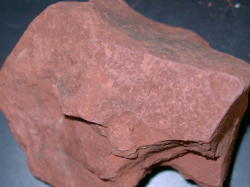
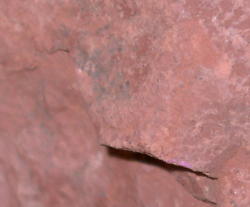
Shale is a sedimentary rock made of clay. Identify by feel, smell, or color. Some samples may be orange in color as in dried clay from art class. Or, shale may be flattened similar to slate. However, it is not as dense. If you wet shale and smell it, it smells very musty. Note: you need to be able to identify Red and Gray Shale.
Gray Shale
Sedimentary

Gray shale is flattened and lighter in weight than gray slate.
Fossiliferous Limestone
Sedimentary
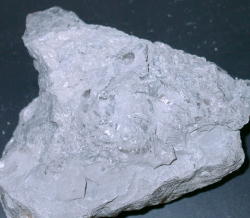
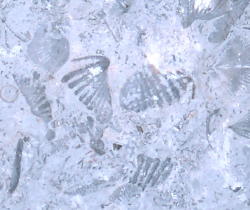
Organic Limestone is a organic sedimentary rock. Note the visible fossils.
Chemical Limestone
Sedimentary
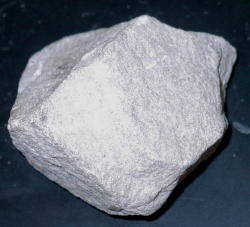
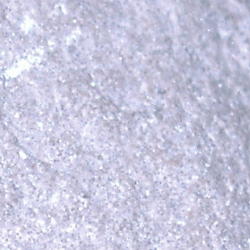
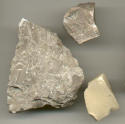
This is a chemical sedimentary rocked formed by minerals precipitating out of solution.
Coal
Sedimentary
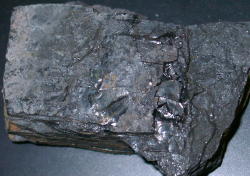
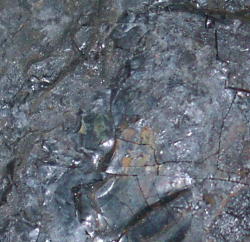
Coal is a organic sedimentary rock. Identify by color.